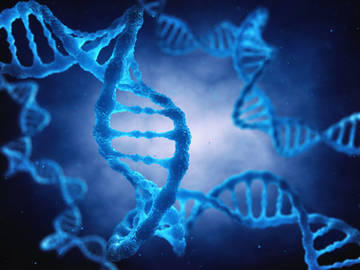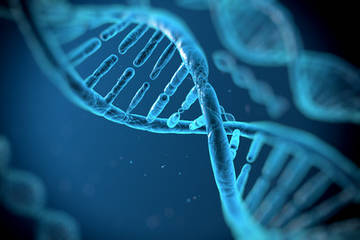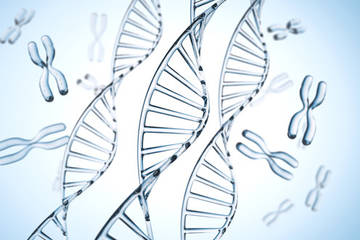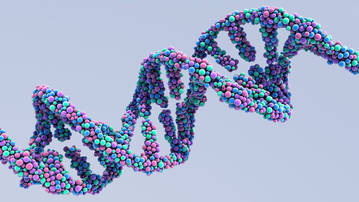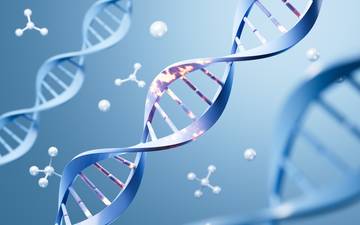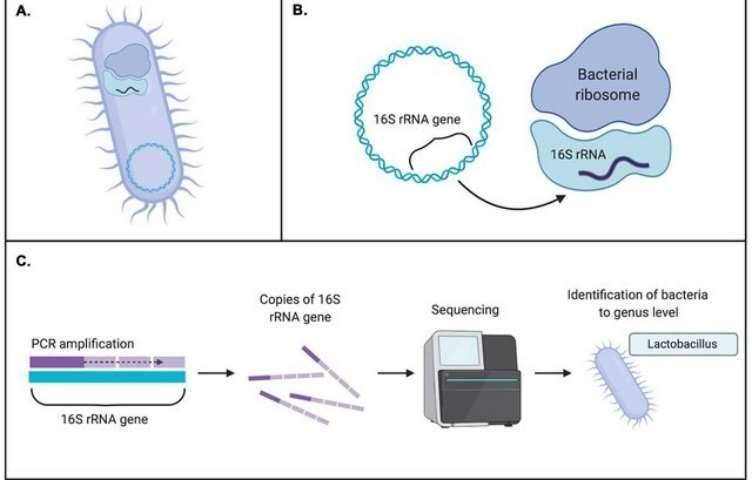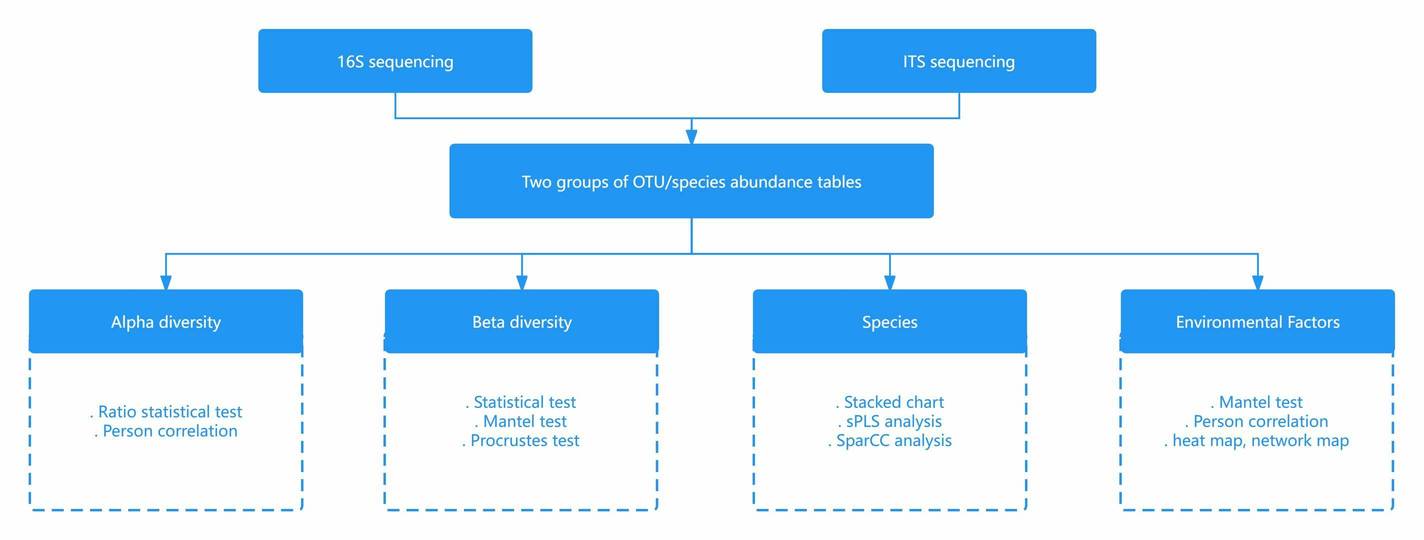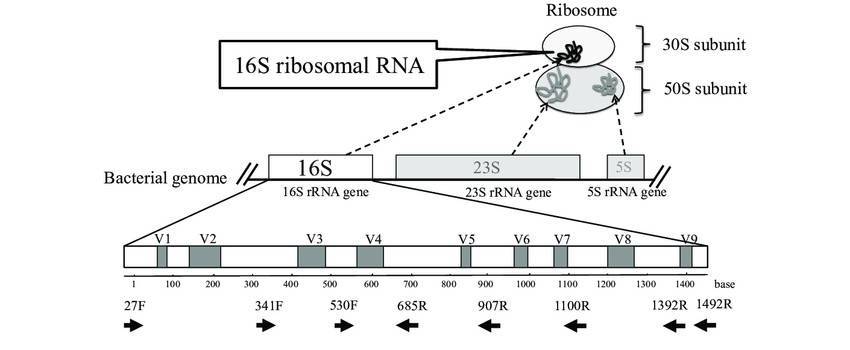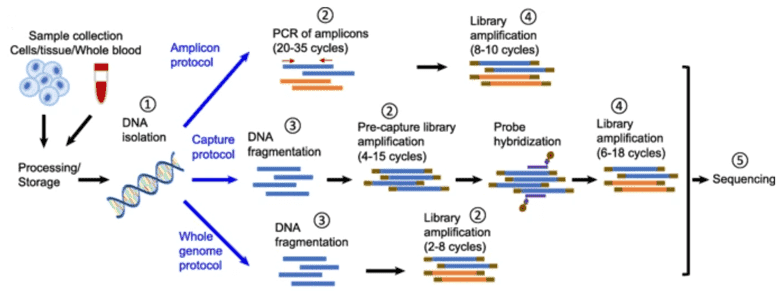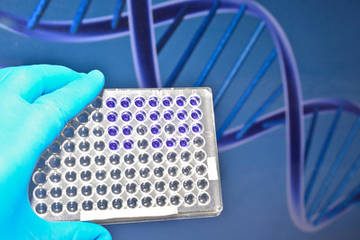Microorganisms are ubiquitous in all kinds of environments on earth – they live in soil, water, inside or on the surface of animals and plants, and can even survive in extreme conditions. Microbiomics is the systematic study of the cohort of microorganisms in a given environment. With the advent of various sequencing technologies, researchers can finally get the whole picture of the microbiome in a specific environment. Advanced sequencing technologies can provide comprehensive genetic information of all kinds of microorganisms including bacteria, archaea, fungi, and viruses, of which the majority are unculturable and not formerly studied. The sequencing technologies offer solutions for precise identification of microorganisms as well as interpretation of how they interact within the microbiome and with the environment.
Profiling the microbiome is key to illuminate the structure and functions of specific microbial communities, which is particularly important because many human diseases are linked to the alternation of human microbiome composition. And most recently, a large amount of research has been launched to investigate all sorts of the microbiome that exist in the human body, such as oral microbiome, skin microbiome, and gut microbiome. Such organs are colonized by a dense population of microbes that even outnumber the host itself. The concentration and composition of microbiome, which made up of bacteria, viruses, and microbial eukaryotes, are specific to people of different ages, diet habits, geographical locations, health conditions, etc. The microbiome and its host/habitat influence each other bilaterally, which makes microbiome profiling and functional interpretation a complex and significant task.
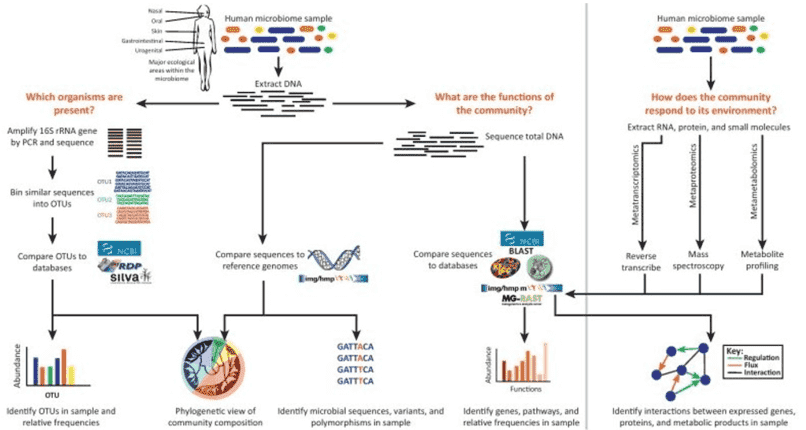 Figure 1. Techniques for human microbiome profiling. (Morgan 2013)
Figure 1. Techniques for human microbiome profiling. (Morgan 2013)
Research Methods
Multiple approaches can be applied to microbiome profiling. Here we list some of the most widely used sequencing approaches for microbiome profiling.
16S/18S/ITS sequencing: Amplicon based next-generation sequencing (NGS) allows for the analysis of genetic variation efficiently and conveniently in specific genomic regions of interested microorganisms within a complex sample. It can be used to identify and compare microbes through convenient amplification and distinguishable sequences, using fragments distributed in 16S, 18S, and ITS. 16S sequencing is widely used for bacterial and archaeal phylogeny and taxonomy studies, particularly in diverse metagenomics samples. 18S rRNAs in eukaryote cells are the counterpart of 16S rRNAs in bacteria and archaea. Thus, 18S sequencing can be applied in microbiome profiling with regard to microbial eukaryotes such as fungi and protists. ITS sequencing is also a preferred approach in the ecological studies of fungi, which is typically useful for molecular systematics at the genus and even species level.
Metagenomic sequencing: Metagenomic sequencing provides a genetic picture of the DNA information on microbiomes, enhancing our understanding on the present of organisms in the microbiome, their physiology, and microbial diversity. Metagenomic sequencing has become a powerful tool that allows for detecting microorganisms without prior knowledge of the targeted microbe information or the microbiome, which provides more possibilities for fields such as microbial ecology, virology, microbiology, and biomedical research. Shotgun metagenomic sequencing is an unbiased sequencing technology that detects pre-fragmented billions of DNA base pairs in a single run. Multiple overlapping reads for the target DNA can be obtained by executing rounds of this fragmentation and sequencing. Long-read metagenomic sequencing based on single-molecule sequencing technologies improves on the shotgun metagenomic sequencing to better fulfill unbiased genome assemblies, accurate identification of closely related species, and unambiguous analysis of full-length genes, which provide excellent alternation for metagenomic profiling.
Metatranscriptomic sequencing: Metatranscriptomics is the subject that studies the whole gene expression of complex microbial communities within specific environments. Metatranscriptomics offers a more down-to-earth perspective compared with metagenomics, providing insights into the microbial composition as well as the functions and genetic variability of the specific microbiome. Technological advances in NGS have revolutionized metatranscriptomic analyses and provide us with the ability to investigate gene expression in microbial communities, and elucidate the information on the transcriptional gene functions at given contexts, active metabolic pathways derived from such functional data, and interaction between the final products interact and the system, etc.
Single-cell sequencing: The primary use of single-cell sequencing is to isolate individual cells. The steps include DNA extraction, whole-genome amplification, DNA sequencing, and sequence analysis, which are similar to other NGS approaches. Single-cell sequencing provides a higher cell differential resolution and a better understanding of the function of individual cells in their microenvironment at a genome-wide scale or by targeting specific regions. The primary advantage of single-cell sequencing is that it can generate high-quality genomic data for species of low abundance, which might be missed by metagenomic shotgun sequencing, providing a powerful complement to metagenomic shotgun sequencing in microbiome studies. In addition, the method can distinguish and verify the functions of individuals in the community and link these functions to specific species. Moreover, single-cell sequencing can investigate the virus-host interaction at the cellular level. The combination of multi-omics method and single-cell sequencing can provide a comprehensive understanding of the microbial community at both macroscopic and microscopic levels, which is of great significance to microbial ecology, evolutionary biology, biotechnology, and human health.
References
- Cheng M; et al. Microbiome Big-Data Mining and Applications Using Single-Cell Technologies and Metagenomics Approaches Toward Precision Medicine. Frontiers in Genetics. 2019,10(972).
- Morgan XC; et al. Biodiversity and functional genomics in the human microbiome. Trends in genetics. 2013, 29(1):51-8.



 Figure 1. Techniques for human microbiome profiling. (Morgan 2013)
Figure 1. Techniques for human microbiome profiling. (Morgan 2013)
